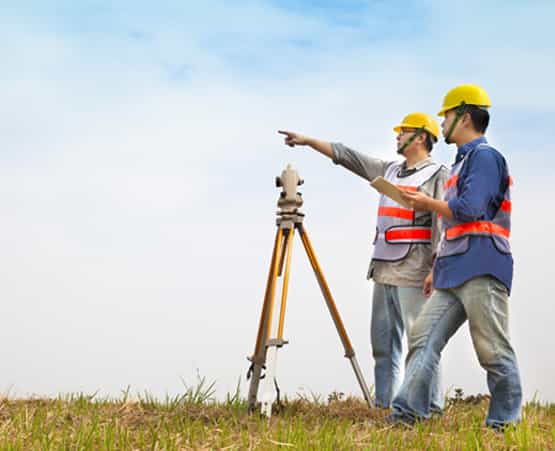At Falcon Geomatics, we offer flexible courses designed to suit your company’s needs and the professional development of your staff.  Whether you use a simple distance measuring device or the most sophisticated integrated solution, Falcon Geomatics provide training by experienced and specialist staff.
Whether you use a simple distance measuring device or the most sophisticated integrated solution, Falcon Geomatics provide training by experienced and specialist staff.
Training packages are designed for existing surveyors and engineers. A basic understanding of survey or setting out practices is required.
We offer different duration for the Training like, 1 Week/ 2 Weeks / 3 Weeks or as per your Requirements
The Main Subjects of the Training will be;
Mobile mapping
Mobile mapping is the process of collecting geospatial data from a mobile vehicle, typically fitted with a range of photographic, radar, laser, LiDAR or any number of remote sensing systems. Such systems are composed of an integrated array of time synchronised navigation sensors and imaging sensors mounted on a mobile platform. The primary output from such systems include GIS data, digital maps, and georeferenced images and video.
3D Laser Scanning Technologies
Drone Mapping
Mapping with drones is done using a technique called Photogrammetry. Photogrammetry is the science of making measurements from Photographs. The output of this is normally a map, measurement or 3D model of a real-world object or scene. Many of the maps we use today are created using photogrammetry and images taken from aircraft.
GPR Training
GPS & Total Station Training

Other
